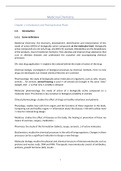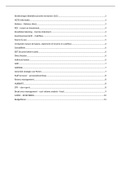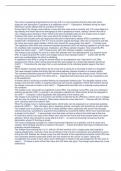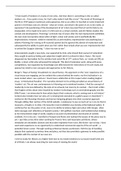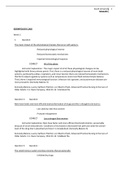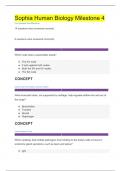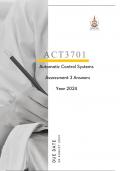Resume
Samenvatting medicinal chemistry
- Cours
- Medicinal chemistry
- Établissement
- Vrije Universiteit Brussel (VUB)
Een uitgebreide samenvatting die alle hoorcolleges, gedoceerd door prof. Steven Ballet, en guest lectures omvat. Deze samenvatting gaat tot in de details van de medicinale chemie, de mechanismen een alle terminologie.
[Montrer plus]
